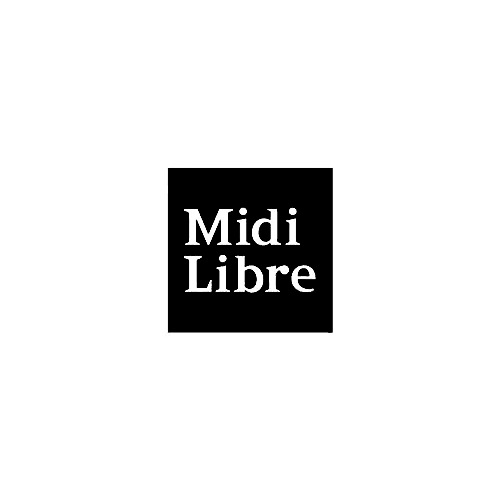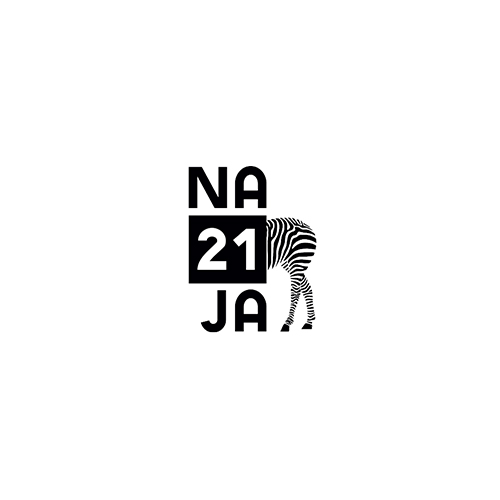ACT II & III
OR THE UNEXPECTED RETURN OF HEAVEN AND EARTH
EMANUEL GAT DANCE (2021)
Choreography, Scenography & LightsEmanuel Gat
MusicGiacomo Puccini
Technical DirectionGuillaume Février
Sound DesignFrédéric Duru
PerformersEglantine Bart, Thomas Bradley, Robert Bridger, Gilad Jerusalmy, Péter Juhász, Michael Loehr, Emma Mouton, Eddie Oroyan, Rindra Rasoaveloson, Ichiro Sugae, Sara Wilhelmsson
ProductionEmanuel Gat Dance
Co-ProductionArsenal / Cité Musicale, Metz, Festival Montpellier Danse 2022, Bolzano Danza 2022. Emanuel Gat Dance is supported by the French Ministry of Culture and Communication / DRAC Provence-Alpes-Côte d'Azur, Region South - Provence-Alpes-Côte d'Azur and by Conseil Départemental des Bouches-du-Rhône. Creation residencies at Arsenal / Cité Musicale, Metz and at Agora / Cité Internationale de la Danse, Montpellier
World Premiere07 October 2021 – Arsenal / Cité Musicale, Metz, France
Performance HistoryArsenal / Cité Musicale, Metz, France – Tanzfestival Rhein-Main, Frankfurt LAB, Frankfurt, Germany – Montpellier Danse, Opéra Comédie, Montpellier, France – Bolzano Danza, Teatro Comunale, Bolzano, Italy – deSingel, Antwerp, Belgium
Total Number of Performances9
AwardsPremio Danza & Danza „Best Contemporary Production“
PhotographyJulia Gat
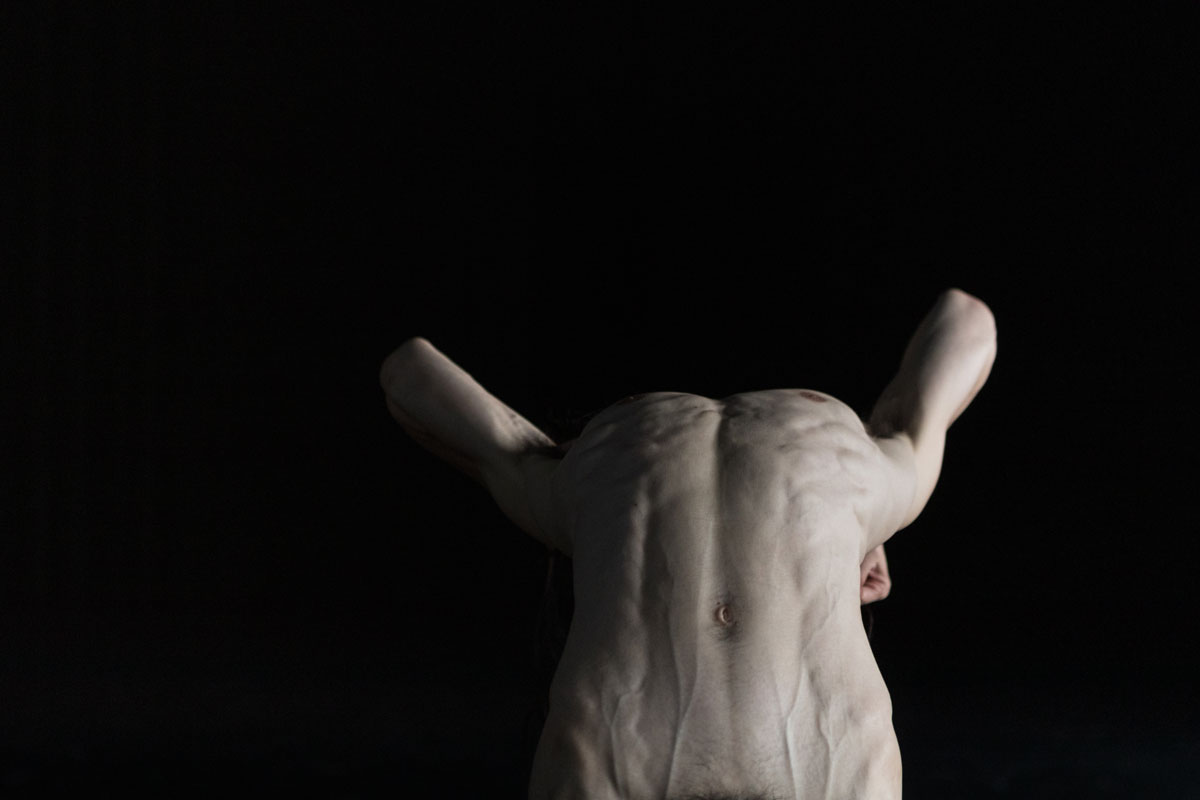
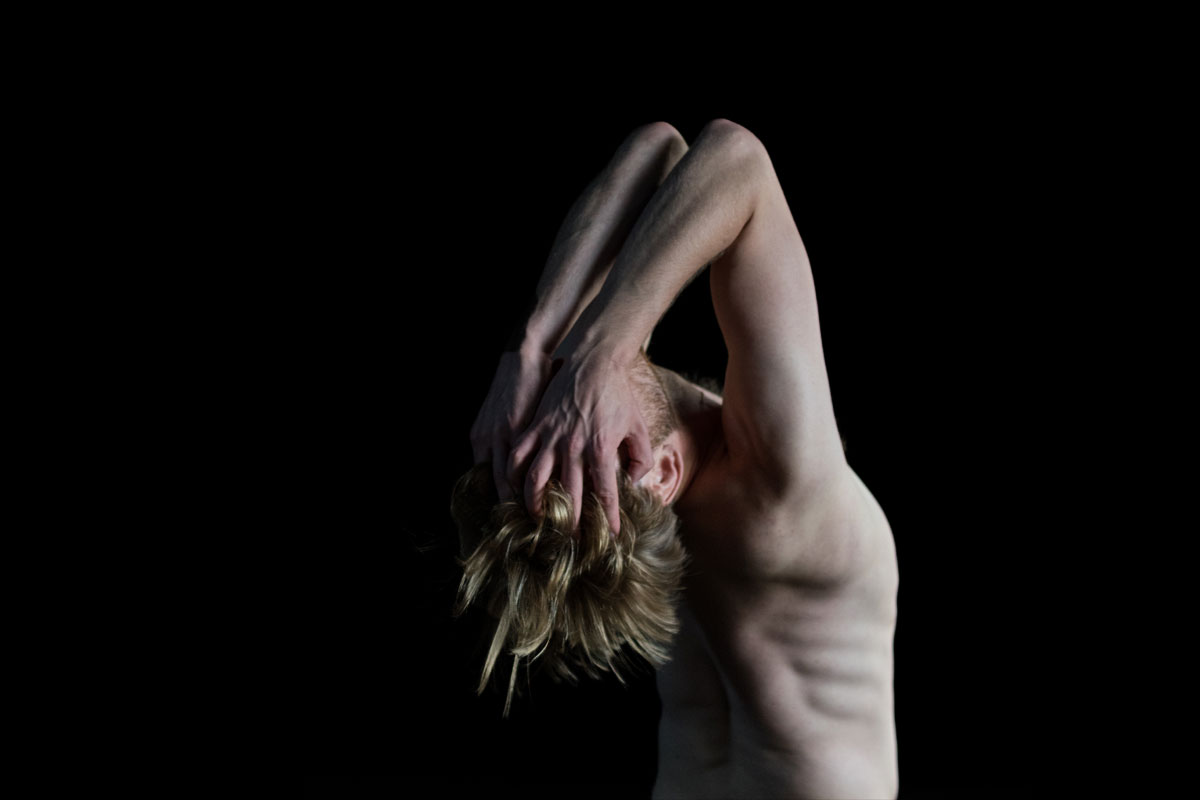
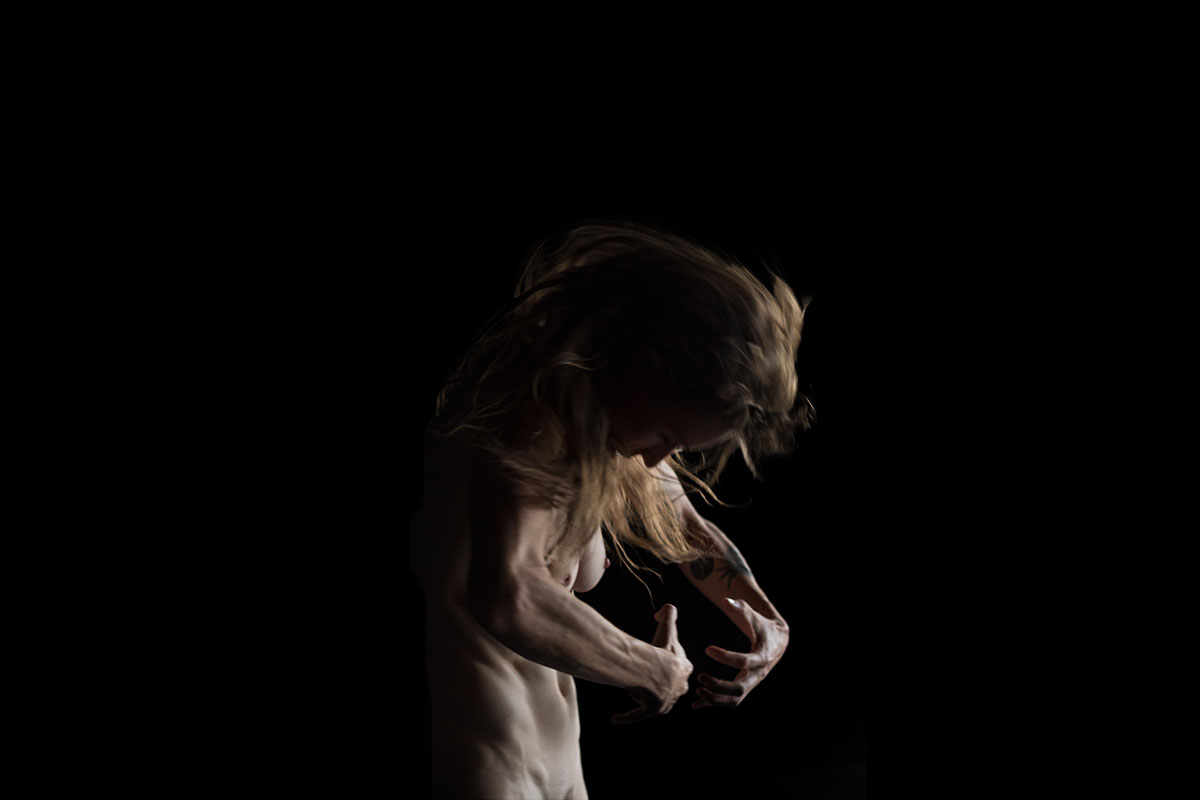
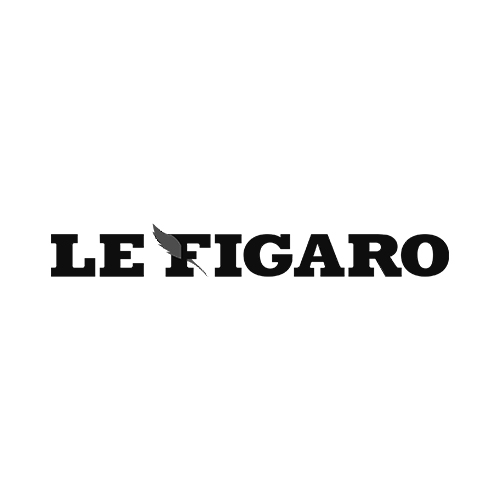
The nude bodies opening the piece, the exposed beauty, the absolute absence of provocation although the nature of the setting, all install an immediate relation with the lyric universe. Thus, the spectator is sent back to that which awakens at its most intimate realm when listening to this music. A staggering ballet of emotions.
In front of a fully packed audience, albeit wearing masks, at Frankfurt LAB, Emanuel Gat Dance [...] presented his 70-minute piece Act II & III or The Unexpected Return of Heaven and Earth, which was created in just ten days this January. [...] It must have been created in a kind of frenzy, it flows, it feels so simple and organic.
Just as stripped down—meaning nude—the dancers perform sublime solos on a barely lit stage. [...] One by one, the eleven dancers emerge, revealing their bodies, their vulnerability, their power, their uniqueness—without any distraction. They erupt from the depths of the opera house, unleashing the pure essence of dance in its rawest, most unfiltered, most visceral, and most beautiful form. Mystical!
While [Emanuel Gat's] choreographic language is unmistakable, here its articulation belongs entirely to each performer. They follow one another, yet no two are alike. Their solos are dazzling—skin pigments, paint pigments flying through a darkened cube illuminated from within. Their movements hold the unfathomable clarity of a Soulages gesture. A splendor that borders on the mystical.
On stage, the curtain rises not to reveal a set or the characters from Puccini's opera, but the naked body of a dancer, sculpted by the light that highlights his musculature. Half-reclining, his posture evokes the Adam painted by Michelangelo on the ceiling of the Sistine Chapel. His carefully choreographed movements propel him at a breakneck speed across the stage.
Emanuel Gat returns to Montpellier Danse with his danced version of Puccini's Tosca. [...] Seizing this highly flammable material and stripping it of all ornamentation, Emanuel Gat leads his eleven dancers [...] on a wild journey, a unique experience, allowing their bare bodies to resonate with the transcendent voices of La Callas, Carlo Bergonzi, and Tito Gobbi. The effect borders on the divine.
Truly unexpected in its refinement, elegance, and choreographic creativity, Emanuel Gat’s danced interpretation of Giacomo Puccini’s Tosca was presented [...] during the Bolzano Danza Festival 2022. [...] Through the contemporary language of movement, Puccini’s music takes on a striking relevance.
Gat’s choreography, intense and commanding, shapes the act of listening to this Puccini-out-of-canon, stripped bare and reterritorialized within an entirely new habitat. It is, in fact, the apotheosis of the choreographic, delivered to the bodies through an unforeseen and unpredictable logic of listening.
The master of grand choreographic composition allows himself to be unsettled by the pressures of a time of crisis. [...] There is no doubt about Emanuel Gat’s singular craftsmanship—his ability to compose works through their internal momentum, without predetermining their structure, allowing the energies of the stage to shape themselves in real time.


